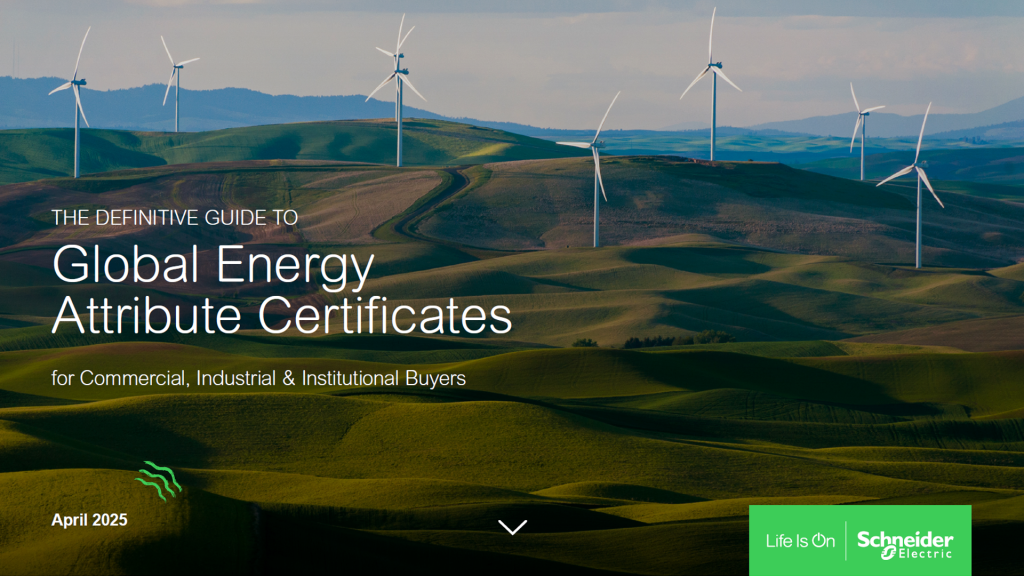Biodiesel — An Emerging Clean Fuel
We’ve known for years that eating vegetables can help us stay healthy, but who would guess that vegetables could also be good for diesel engines? Manufactured from vegetable oils, primarily soy beans, biodiesel is a safe, biodegradable, renewable fuel that offers a reduction in many air pollutants when used in ordinary diesel engines and furnaces.
Biodiesel has a number of benefits. It helps farmers, creating a new market for agricultural products; reduces U.S. dependence on foreign oil; burns more cleanly than regular diesel fuel; and creates jobs in sectors that support the growing and developing infrastructure of the biodiesel market. Biodiesel is becoming more widely available with its latest propulsion coming from new tax incentives aimed at closing the gap between petroleum diesel fuel and biodiesel.
Biodiesel is usually blended with regular diesel fuel. Blends of 20% biodiesel with 80% petroleum diesel (B20) can be used in unmodified diesel engines or furnaces. Biodiesel can be used in its pure form (B100), but may require engine modifications to avoid maintenance and performance problems. Because pure biodiesel can gel in cold weather, B100 may not suitable for use in cold climates. The National Biodiesel Board reports that more than 400 major fleets nationwide are using biodiesel in their vehicles. Many institutions are also beginning to heat their buildings with biodiesel blended with heating oil.
Advantages and Considerations
Biodiesel has some unique environmental attributes. Perhaps the most interesting is that biodiesel, as compared to petroleum diesel, produces significantly less carbon dioxide, a climate change gas. According to the U.S. Department of Energy, biodiesel production and use, in comparison to petroleum diesel, produces 78% less carbon dioxide emissions. Carbon dioxide is released when biodiesel made from soybeans is combusted, but the annual production of soybean crops helps remove carbon dioxide from the atmosphere.
In addition to helping reduce emissions of carbon dioxide, biodiesel also has other significant environmental benefits. EPA estimates that B20 reduces emissions of particulate matter and carbon monoxide by about 10% and hydrocarbons by more than 20%. Unfortunately, using B20 in a diesel engine can increase emissions of smog-causing nitrogen oxides by about 2%. Using higher blends of biodiesel can help further reduce most emissions, but will result in an greater increase in emissions of nitrogen oxides. EPA estimates that B100 increases nitrogen oxides emissions by 10%. Some biodiesel produces more nitrogen oxides than others, but some additives have shown promise in counteracting the increase.
Biodiesel can also be blended with oil used for heating, generating similar reductions in emissions of particulate matter, carbon monoxide, and hydrocarbons. Interestingly, due to different combustion temperatures between stationary oil burners and diesel vehicles, emissions of nitrogen oxides do not increase when biodiesel is used in furnaces.
Tax Incentives
While biodiesel has some impressive environmental benefits, currently it has two key drawbacks – cost and convenience. B20 costs about 20 cents more per gallon than regular diesel fuel and B100 costs about one dollar more per gallon. A large percentage of this cost difference comes from transportation and distribution costs. As new tax incentives take effect and the number of biodiesel refueling stations increases, the cost differential between biodiesel and regular diesel may decrease over time.
Under the new law, federal excise tax credit is offered to biodiesel blenders — entities that mix pure biodiesel with regular petroleum diesel fuel. The credit amounts to one penny per percentage point of biodiesel made from first-use oils (such as soybean oil) and a half-penny per percentage of biodiesel made from other sources (such as recycled cooking oil). In other words, an excise tax credit of $1.00 per gallon is offered to certified biodiesel blenders of refined B100 biodiesel. The intent of the tax incentives is that blenders will pass along the cost savings to consumers through competitive pricing practices.
Developing Infrastructure
Fortunately, the infrastructure needed to get biodiesel to consumers is emerging at a rapid pace. Currently, there are several suppliers of biodiesel, approximately 20 blenders and distributors of biodiesel, and a similar number of biodiesel retail fueling sites in New England. The National Biodiesel Board tracks suppliers, distributors, and retail providers of biodiesel.
Some organizations with capital and commitment to the environment are building their own infrastructure to support biodiesel use. For example, in 2003, Harvard University spent $60,000 to build a state-of-the-art campus fueling station in Boston. Harvard is currently fueling its fleet of 48 diesel vehicles, including 8 shuttle buses, with B20. Despite record low temperatures in 2004, Harvard reports no problems with the fuel or the vehicles. Because of the success of this project, Harvard is exploring other applications of B20 use at its facilities.
Using biodiesel may be more challenging for consumers who are not in close proximity to biodiesel refineries or fueling stations. For example, Vermont Law School in South Royalton, committed to using B20 to heat their library because of the environmental benefits attributable to biodiesel use. A spokesperson from the school reports that they are paying a $1.00 per gallon premium for heating the building with biodiesel and that it has been difficult to coordinate delivery of the fuel with a local distributor. In spite of that, the school plans to continue to use biodiesel and is hopeful that the new tax incentives enjoyed by biodiesel blenders will be passed on to consumers in short order.
———-
Robert W. Varney is regional administrator of EPA New England.









